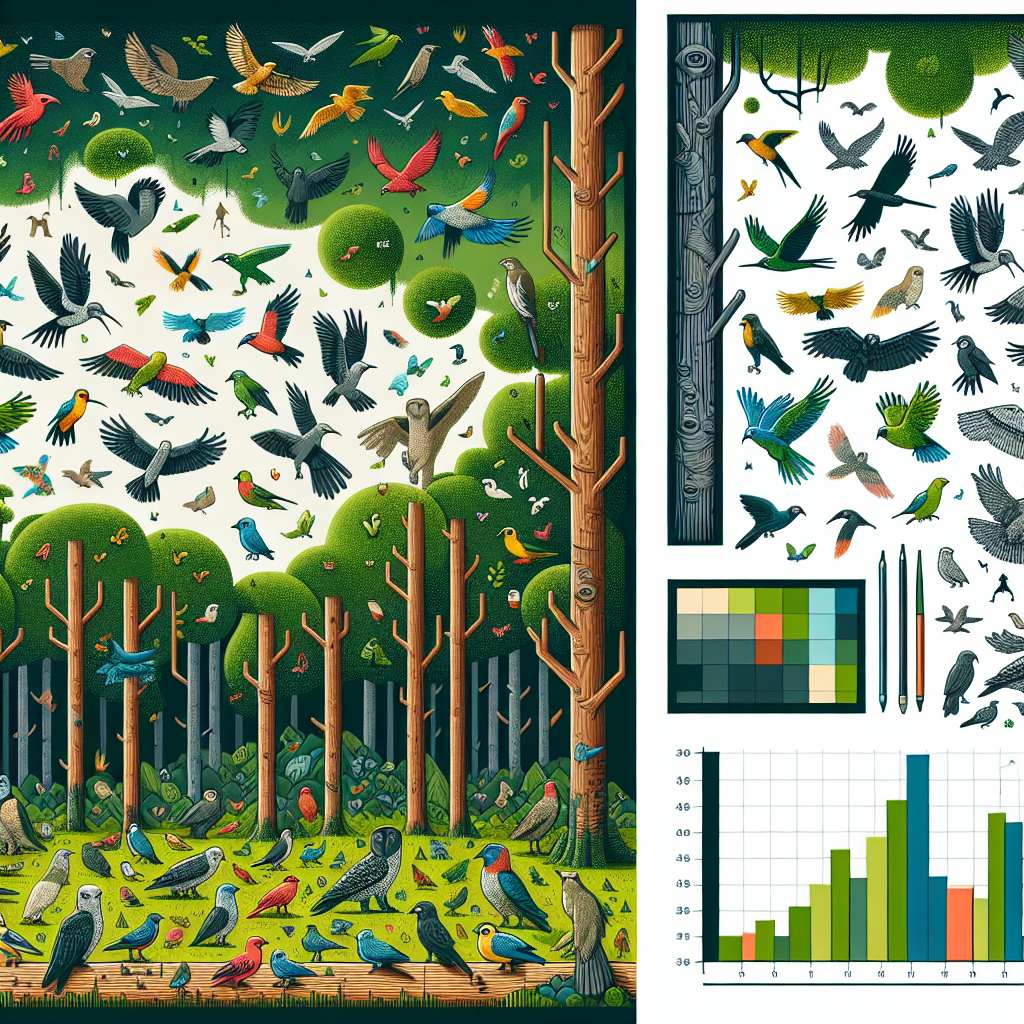Russia's Demographic Dilemma: The Battle for a Growing Population
For over 25 years, President Vladimir Putin has faced Russia's declining and aging population. Despite initiatives to boost birth rates, financial uncertainty, war, and emigration challenge these efforts. Russia's demographic policies include promoting 'traditional family values' while facing a declining birth rate and increasing aging population.

- Country:
- Russian Federation
In the 25 years since Vladimir Putin rose to power, Russia has grappled with a declining and aging population. This demographic issue first surfaced when births reached their lowest recorded number in 1999, a year before Putin assumed office. Despite various strategies aimed at boosting the birth rate, including free school meals for larger families and medals for mothers of ten or more children, demographic challenges persist.
The economic uncertainty, war in Ukraine, and the emigration of young men have eroded the hard-won gains in birth numbers, which rose from 1.21 million in 1999 to a peak of 1.94 million in 2015, before declining. Russia reports a current population of 146.1 million, down from 147.6 million at the dawn of the post-Soviet era.
Policies promoting 'traditional family values', coupled with restrictions on abortion and LGBTQ+ activities, are seen by officials as solutions to demographic woes. However, critics argue these measures risk infringing individual freedoms and failing to provide the economic stability necessary for boosting birth rates. With immigration policies tightened, the prospects for reversing these trends remain uncertain amid ongoing geopolitical tensions.
ALSO READ
-
Russian Air Defences Shoot Down Dozens of Ukrainian Drones
-
Kyiv Under Siege: Russian Missiles Cause Havoc in Ukraine
-
Trump's Complex Dance with Russia: Sanctions, Diplomacy, and Global Tensions
-
Tensions Rise as Ukraine Allegedly Targets Russian Dam
-
Overnight Assault: Russian Missiles and Drones Hit Kyiv









